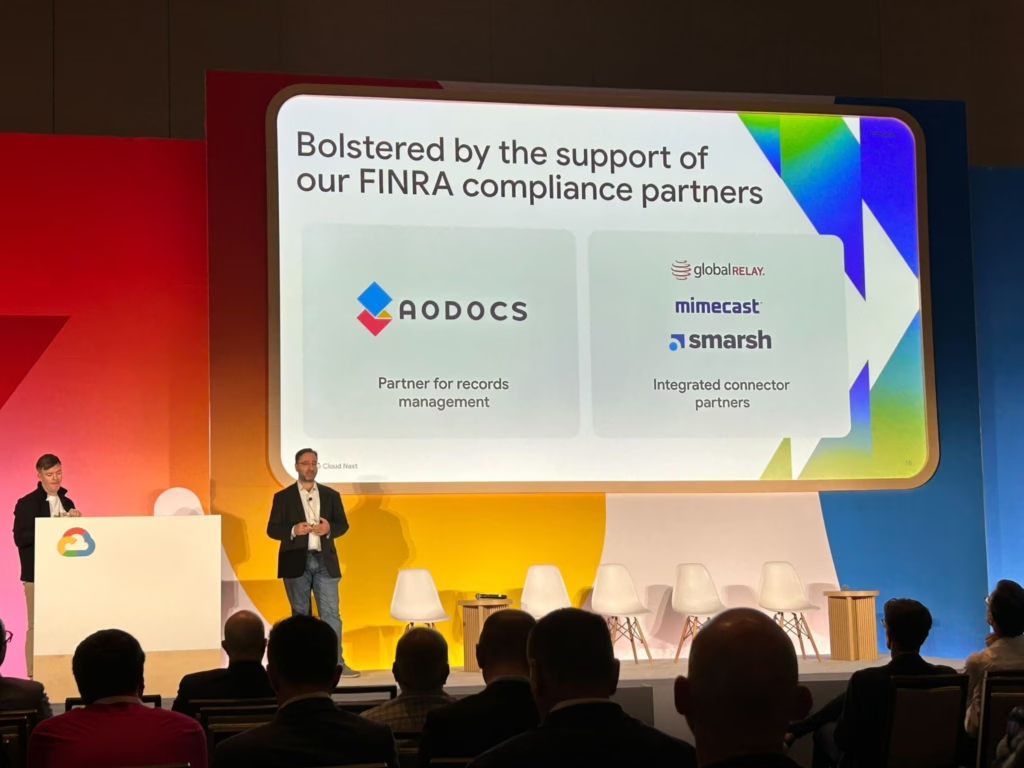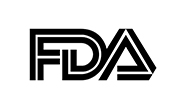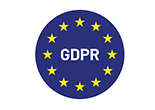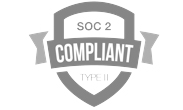What is GxP?
GxP are the quality standards and regulations for a specific field or activity. GxP revolves around two main regulatory pillars: accountability and traceability.
- Accountability refers to the ability to demonstrate what each person has contributed to a product or project and when they contributed it.
- Traceability means that there needs to be a way to reconstruct the entire history of a product or project’s creation.
To be compliant, organizations need to document and log every action made by every employee in the development or production of a product or project.
What does GxP stand for?
The term GxP is short for “Good *Insert Activity* Practices.” It’s important to note that the “x” will change depending upon the sector or activity.
There are plenty of GxP guidelines for a wide variety of industries. For example, Good Manufacturing Practice (GMP), Good Clinical Practices (GCP), and Good Laboratory Practice (GLP) are all different industry or activity-specific iterations of GxP.
Sometimes you may find a “c” in front of the abbreviation. Don’t worry, it’s not a completely different set of standards. The “c” just stands for “current.” All that means is that this version of the guidelines is the current version. For example, “cGCP” is short for “Current Good Clinical Practices.”
What’s the purpose of GxP?
First and foremost, GxP exists to protect consumers like you and me. The guidelines are created and enforced by national or international regulatory agencies — like the United States Food and Drug Administration (FDA) or the global International Council for Harmonisation of Technical Requirements for Pharmaceuticals for Human Use (ICH) — to ensure that products, research, and projects are done safely and that the end products are safe to use.
The guidelines themselves are the minimum requirements that an organization needs to meet to ensure that the quality of their goods or services is consistently high. Generally, the guidelines cover products or projects that could put peoples’ safety at risk. That’s why GxP compliance is essential for food, pharmaceutical, medical device, and life sciences organizations, as well as for any other companies who work within regulated industries.
GxP Regulations
As we mentioned earlier, there are tons of different guidelines out there and vary by country and region. So, if you wanted to cover them all, you’d probably have to block out a few days in your calendar. In the interest of time, we’ll quickly go over some of the regulations of one of the most important and far-reaching iterations of GxP, Good Manufacturing Practices (GMP).
What is GMP and cGMP?
Good Manufacturing Practices (GMPs) and Current Good Manufacturing Practices (cGMPs) are quality standards and guidelines that companies involved in food, cosmetics, medical device, and pharmaceutical manufacturing need to adhere to. These regulations are meant to ensure that manufacturers consistently produce high-quality products that are safe for people to use or eat. Generally speaking, GMP guidelines provide rules on manufacturing, testing, and quality assurance.
What do the regulations look like?
There are dozens and dozens of guidelines. However, some of the major GMP regulations that manufacturers need to follow include:
- Ensuring that manufacturing areas are clean and hygienic.
- Manufacturing must occur in a controlled environment that prevents cross-contamination.
- All manufacturing processes must be defined and controlled. Any changes to these processes must be evaluated and validated.
- Standard operating procedures must be clearly written and well-documented.
- The manufacturing process needs to be recorded to prove that all required procedures and instructions were properly followed.
- The causes of any quality defects need to be investigated and actions must be taken to ensure that the defect does not occur again in the future.
Due to the sheer number guidelines, organizations often use a quality management system (QMS) to track their adherence to them, helping them mitigate risk and drive business growth.
It’s also worth noting that GMP regulations aren’t a precise how-to list of how organizations need to manufacture their products. It’s better to think of them as guiding principles. It’s up to the company to decide exactly how they’ll follow those principles while also making sure that they meet the standards of the regulatory agencies.
Speaking of regulatory agencies, it’s important to know which agency and which regulations from that agency apply to your business. For example, a manufacturer in the US may need to comply with different guidelines than a manufacturer in Germany. In the case of GMP, American companies need to make sure that they adhere to the FDA’s Title 21 CFR. However, dietary supplement and medical device manufacturers have to follow their own slightly different sets of regulations as well. On the other hand, the pharmaceutical industry has to follow another series of GMP guidelines.
GxP Validation
Another aspect of GxP is validating your computer systems. Computerized systems need to have documented evidence that their actual function is operating as intended. This documentation can include things like functional requirements, traceability matrices, operational qualification (OQ), and functional test reports.
These documents are collectively referred to as “Validation Documents.” The extent to which companies need to complete these documents largely depends on the safety risk that the computerized systems pose within their defined requirements. These documents, along with the scope of the testing and the testing rationale, are crucial to passing any regulatory inspections.
Following these guidelines has the potential to make or break your business. If you don’t comply with them, you can find yourself facing fines, prosecution, or losing your license to manufacture your products and continue with your projects. That’s why it’s essential to have the right processes in place along with right software to document them.
AODocs Cloud QMS for Life Sciences
AODocs for Life Sciences is a Quality Management platform for organizations to confidently build their Quality Program and reduce the cost of Computer System Validation & Assurance (CSV&A) while accelerating time to deliver business solutions.







